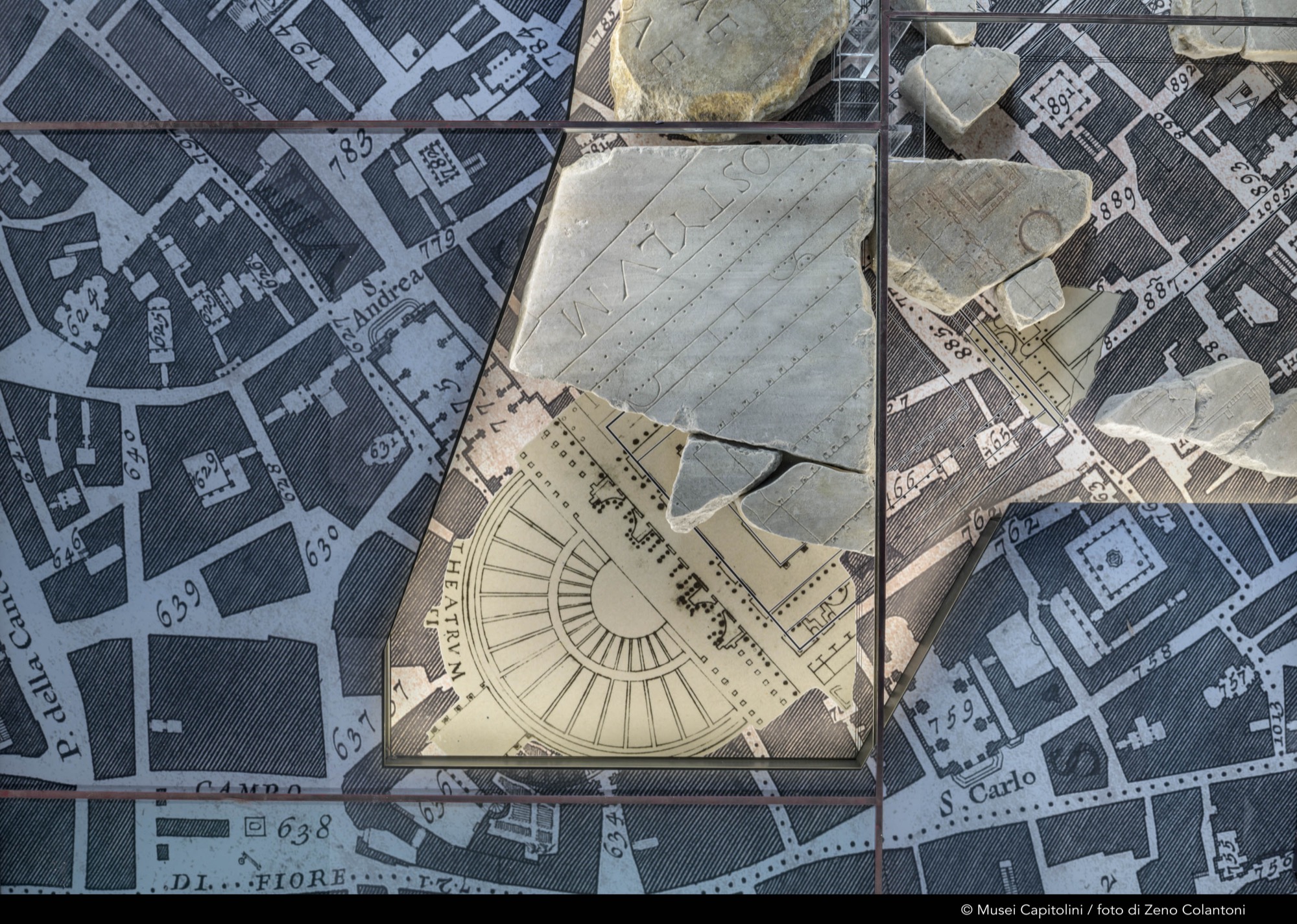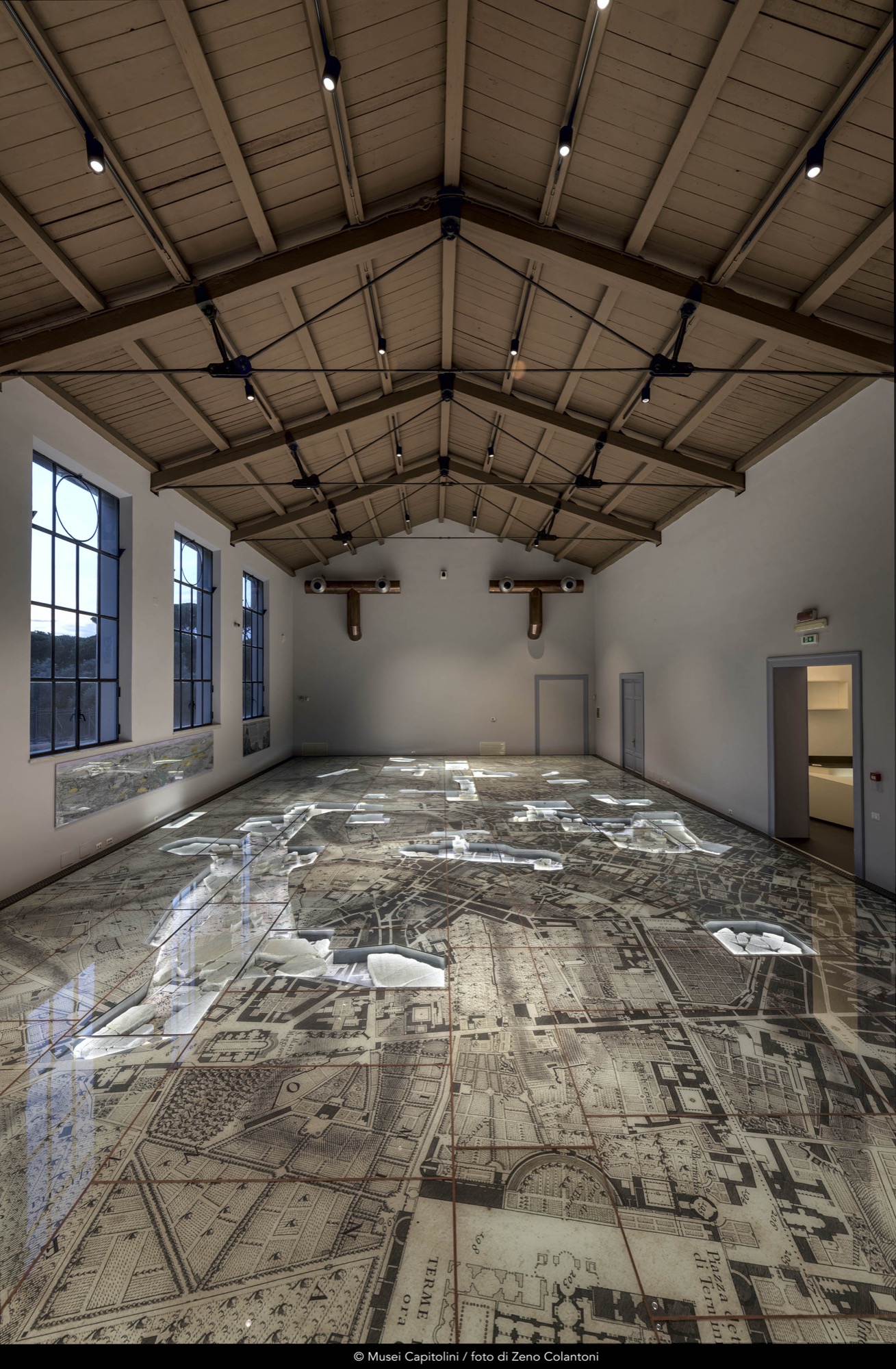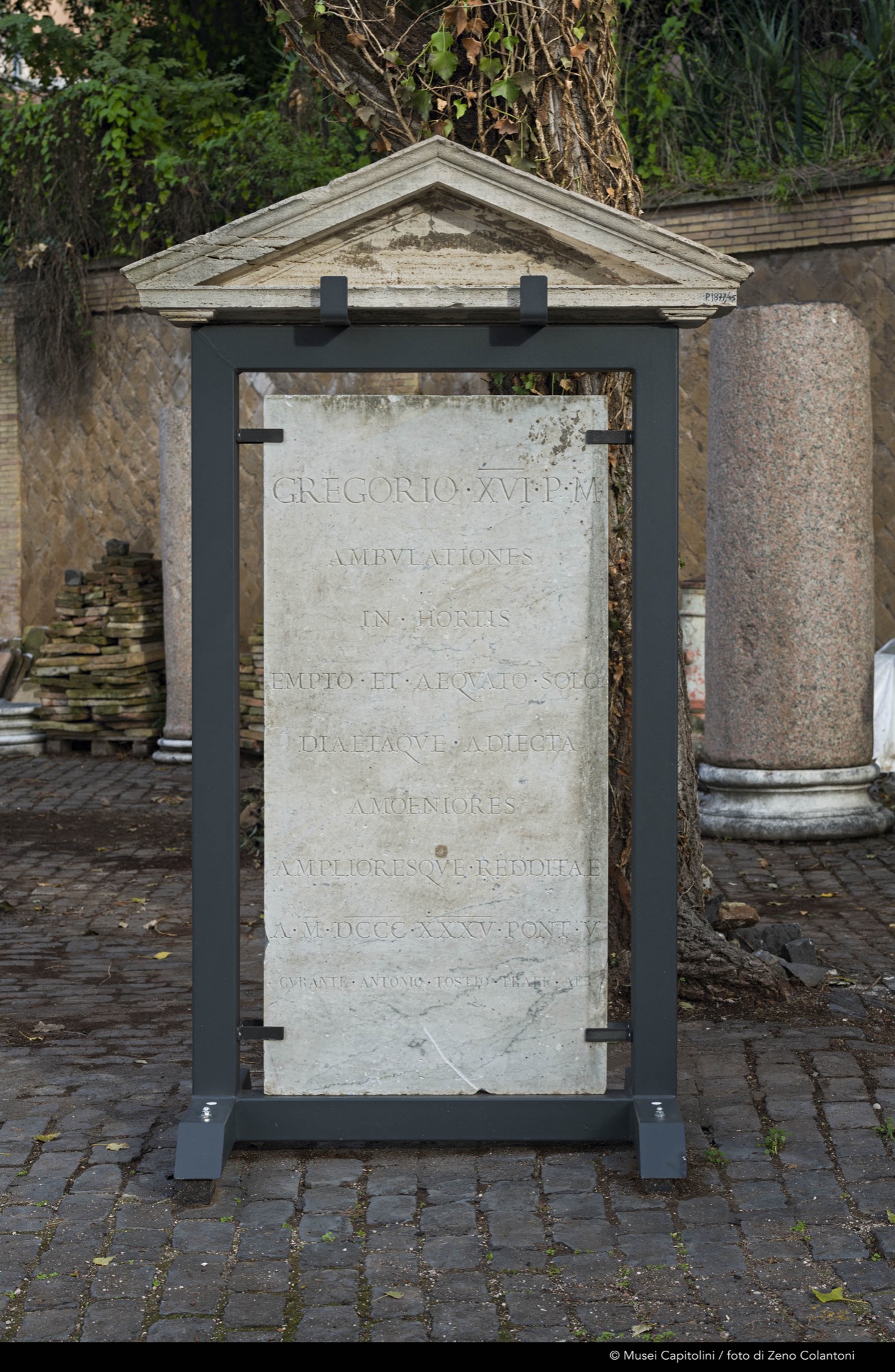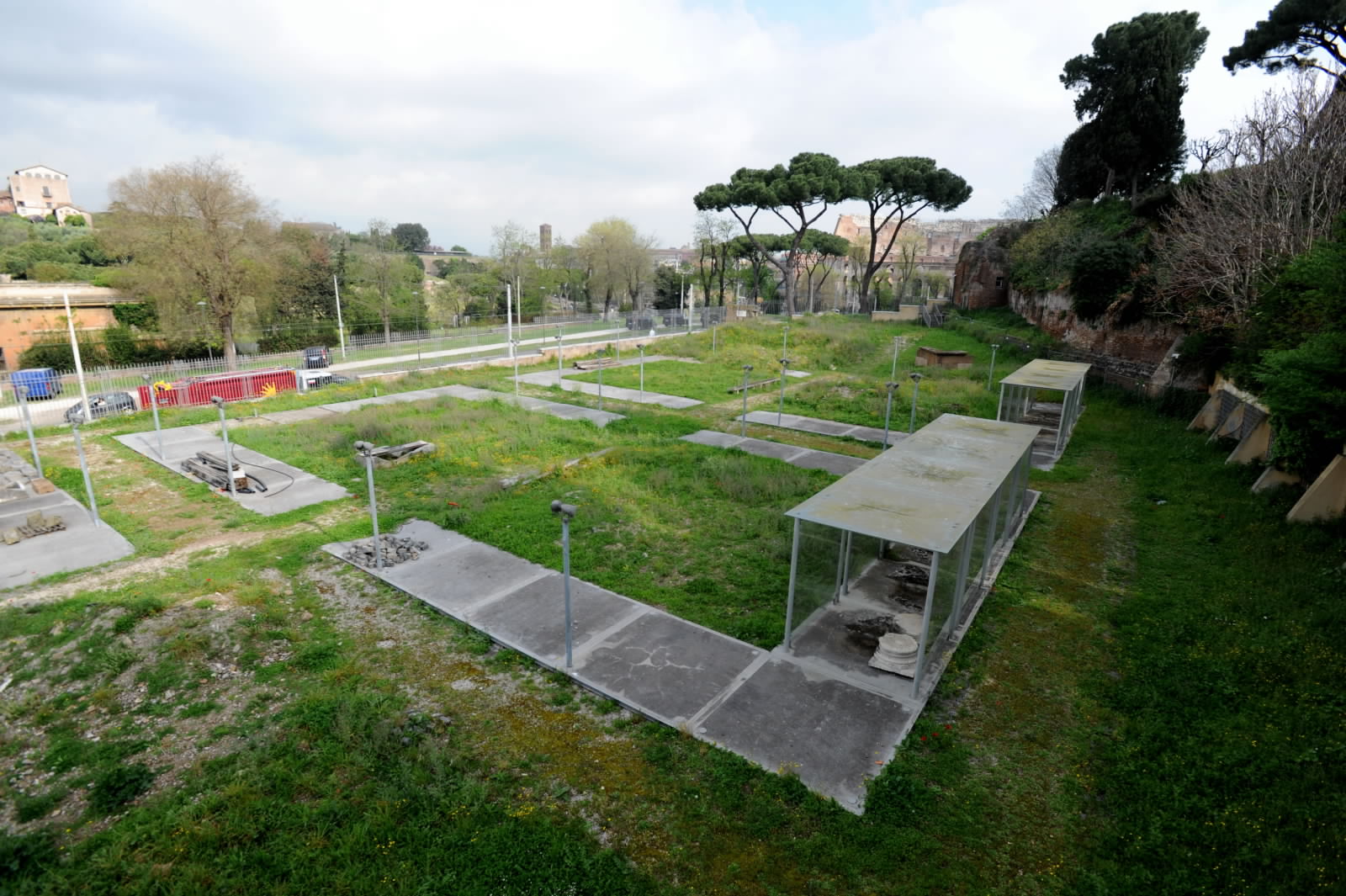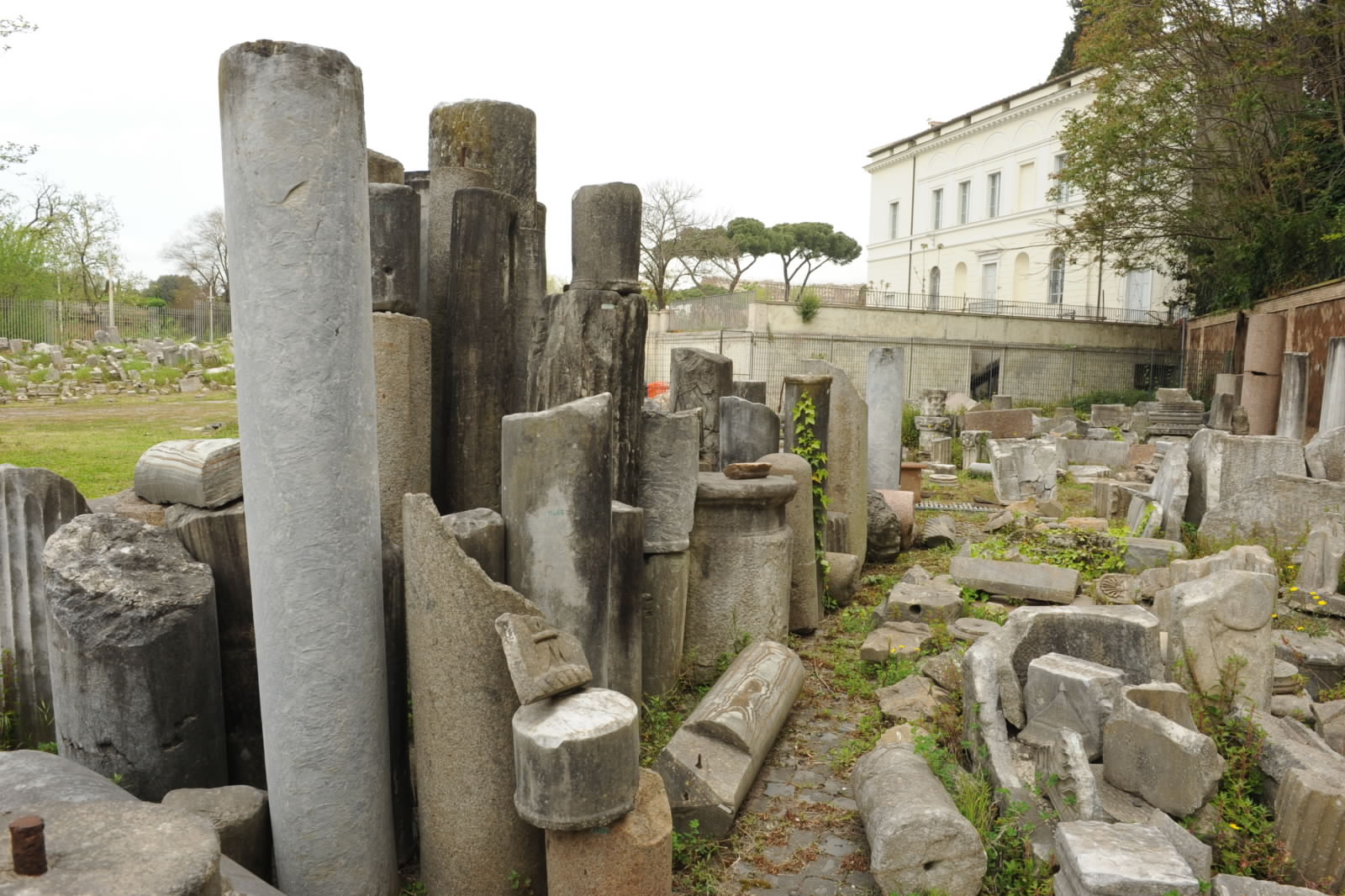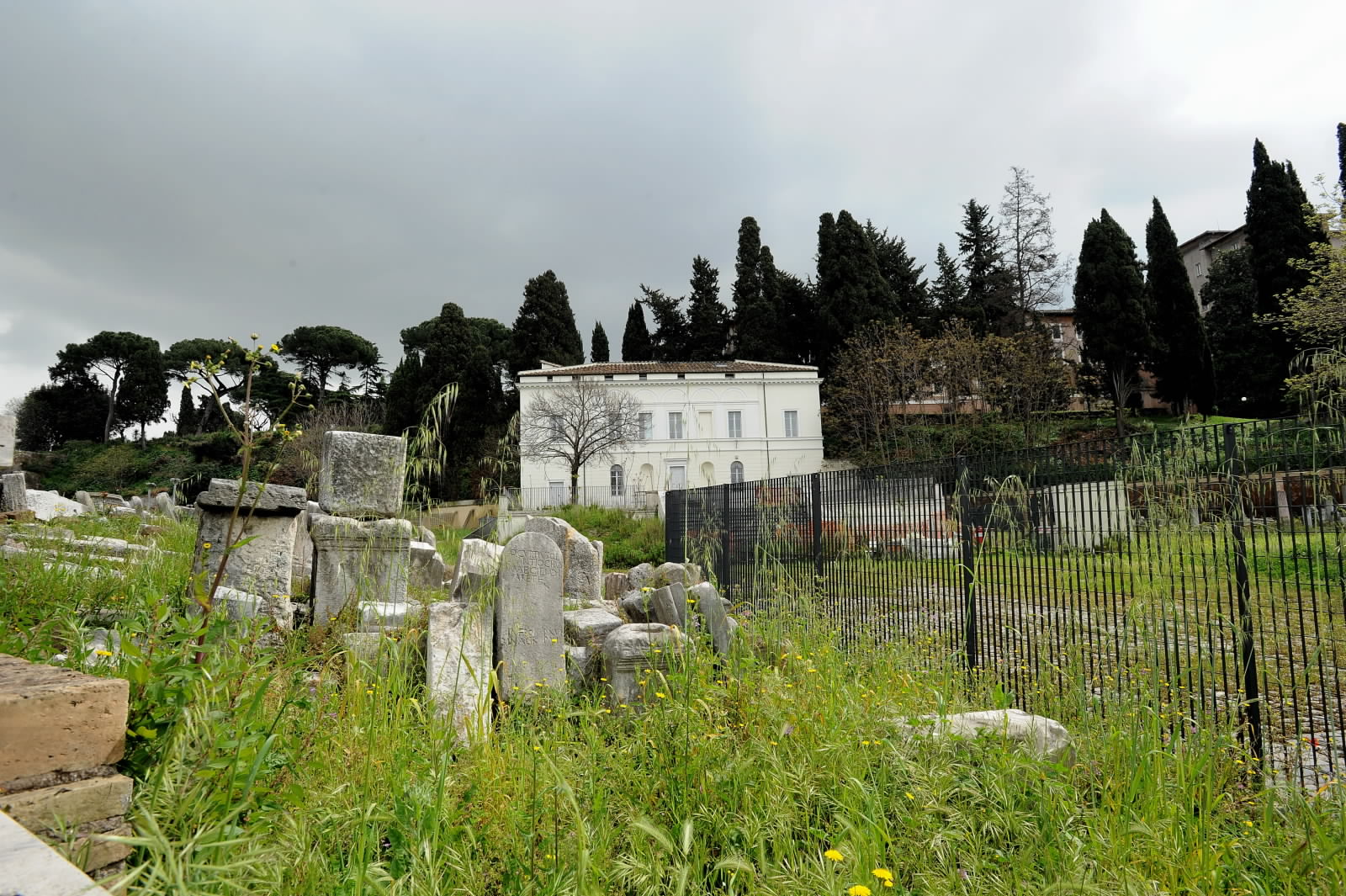Archaeological Park of the Celio – Creation of the New Museum of the Forma Urbis
Implementing party
Project description
The project consisted in creating and opening of the Museo della Forma Urbis and the adjacent garden. The intervention is part of a vast project to enhance the entire area of the Celio, framed within the wider program of redevelopment of the Monumental Archaeological Center (CArMe) as requested by Roma Capitale, whose opening is due to a series of interventions carried out under the scientific direction of the Capitoline Superintendence of Cultural Heritage of Roma Capitale.
The Archaeological Park of the Celio occupies the northern part of the hill, a green area facing towards the Colosseum, and containing important archaeological evidences, such as the perimeter foundations of the Temple of Divo Claudio. For the construction of the Museo della Forma Urbis, the buildings in the area, the Casina del Salvi and the former Gil Gymnasium, have been recovered, as well as the adjacent archaeological garden, in which a large number of epigraphic and architectural materials from the collections of the former Municipal Antiquarium, from the excavations in Rome at the end of the nineteenth century, have been arranged based on thematic nuclei. Visitors to the Museum will thus have an extraordinary new opportunity to deepen their knowledge of ancient Rome.
In the premises of the former Gil Gym are kept the remaining fragments of the famous Forma Urbis Romae, the gigantic marble plant of ancient Rome engraved between 203 and 211 AD under the Emperor Septimius Severus. It is one of the rarest and most important testimonies of the ancient city that visitors can now admire again after almost a century.
Originally exposed on the wall of a classroom in the Forum of Peace, the Forma Urbis was engraved on 150 marble slabs fixed to the wall with iron pins and occupied a space of about 18 m x 13 m.
After its discovery in 1562, many fragments of the great marble map were lost, while some of them have fortunately been found over time. Today, about a tenth of the original plant remains. Since 1742 it has been part of the collections of the Capitoline Museums.
The new layout of the Museo della Forma Urbis allows visitors to take full access to the marble plant, favouring the legibility of a document that, due to its size and fragmented conditions, lends itself little to immediate understanding. On the floor of the main hall of the museum are the fragments of the Forma Urbis, superimposed, as a planimetric base, on the Pianta Grande by Giovanni Battista Nolli of 1748.
The inauguration of the Museum is the first step in the renovation of the archaeological area, the next element of which will be the New Archaeological Walk, along Via di San Gregorio, which will link the Park of the Celio with the Monumental Archaeological Centre.
Status
Planning
Tender stage
Site
End of Work
Funding source
Roma Capitale Budget
Amount allocated
1.000.000,00 €
